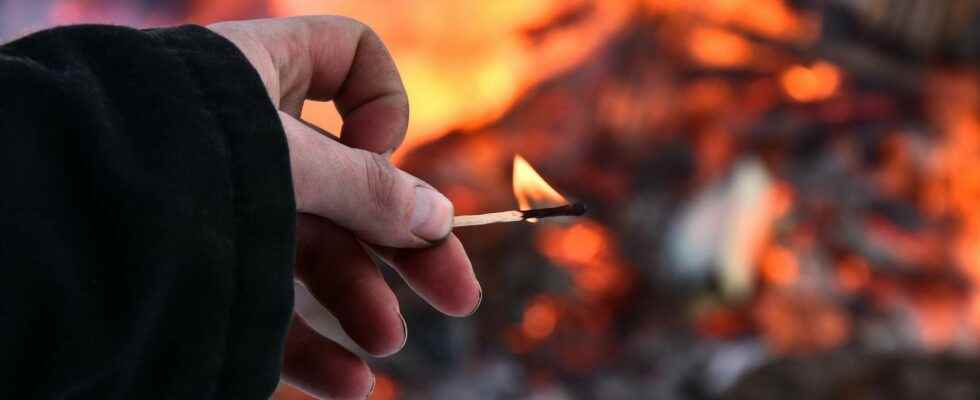The media coverage of pyromania has been intense in recent weeks due to the confessions of a firefighter who is said to have started several fires in the Hérault since May and whose incendiary activity could have started three years ago. . Yet in the forensic psychiatry literature, the very existence of the disorder has been debated for decades.
You may also be interested
Before reading this article, you certainly have in mind the image of the arsonist as an individual experiencing uncontrollable urges to light a fire and a carnal desire for the flames. This individual does not exist: it is a myth constructed from scratch. In reality, most arsonists do not meet the diagnostic criteria for pyromania. According to Julie Palix, doctor of psychology, specialized in forensic psychology at the Lausanne University Hospital, the clinical entity “pyromania” is no longer even part of the Diagnostic and Statistical Manual of Mental Disorders (DSM-V) and is no longer used. in the field of forensic psychiatry.
The importance of terms
First of all, let’s go back to the terms. There is a distinct difference between turning on a fire, arson and arson. As specified a forensic psychiatry article published in 2012the first two are behaviors while the third is a psychiatric diagnosis that meets extremely strict criteria.
You can light a fire without being an arsonist and be an arsonist without being an arsonist. It is even rather the norm. According to a finnish study which is a reference in the field, among 90 repeat arsonists, only three met the diagnostic criteria for pyromania. At the time, this study suggested re-examining the absence of substance use as an excluding criterion for diagnosis. However, for a long time, and explicitly since 2003 in the literature with an article entitled ” Pyromania: fact or fiction », appeared in the British Journal of Psychiatry, we wonder about the real existence of this psychiatric disorder. Also, according to a study published in 2014most arsonists never reoffend.
The myth
What we described at the beginning of the article is a myth. Julie Palix confirms this: “ As a general rule, the arsonist (the researcher uses the term here for its literal and not psychiatric sense) recidivist is not impulsive. His act fits into a routine and is usually very controlled. Most of the time, it is socially integrated and often a regional fact. Also, psycho-developmental theories that suggest an orgasmic desire for fire are anachronistic and have long been refuted. This information is taken from a literature review that Julie Palix conducted in 2015 and published in the Swiss Medical Review.
Does the environment determine the disorder?
In the literature, a field called environmental criminology is currently developing and accounts for criminal acts such as arson. In an article from 2011Australian researchers list spatial-temporal factors that motivate the act of arsonists in forests. Elements that we have already mentioned, such as habits and routine, are mentioned but also urbanization, with in particular the new peri-urban areas, close to the city and nature. Indeed, the arsonists of forest are usually people living in the city. Similarly, this type of urbanization is a vector of opportunities. For this field of criminology, it is not so much the profile that determines the act, but the environment.
Interested in what you just read?
